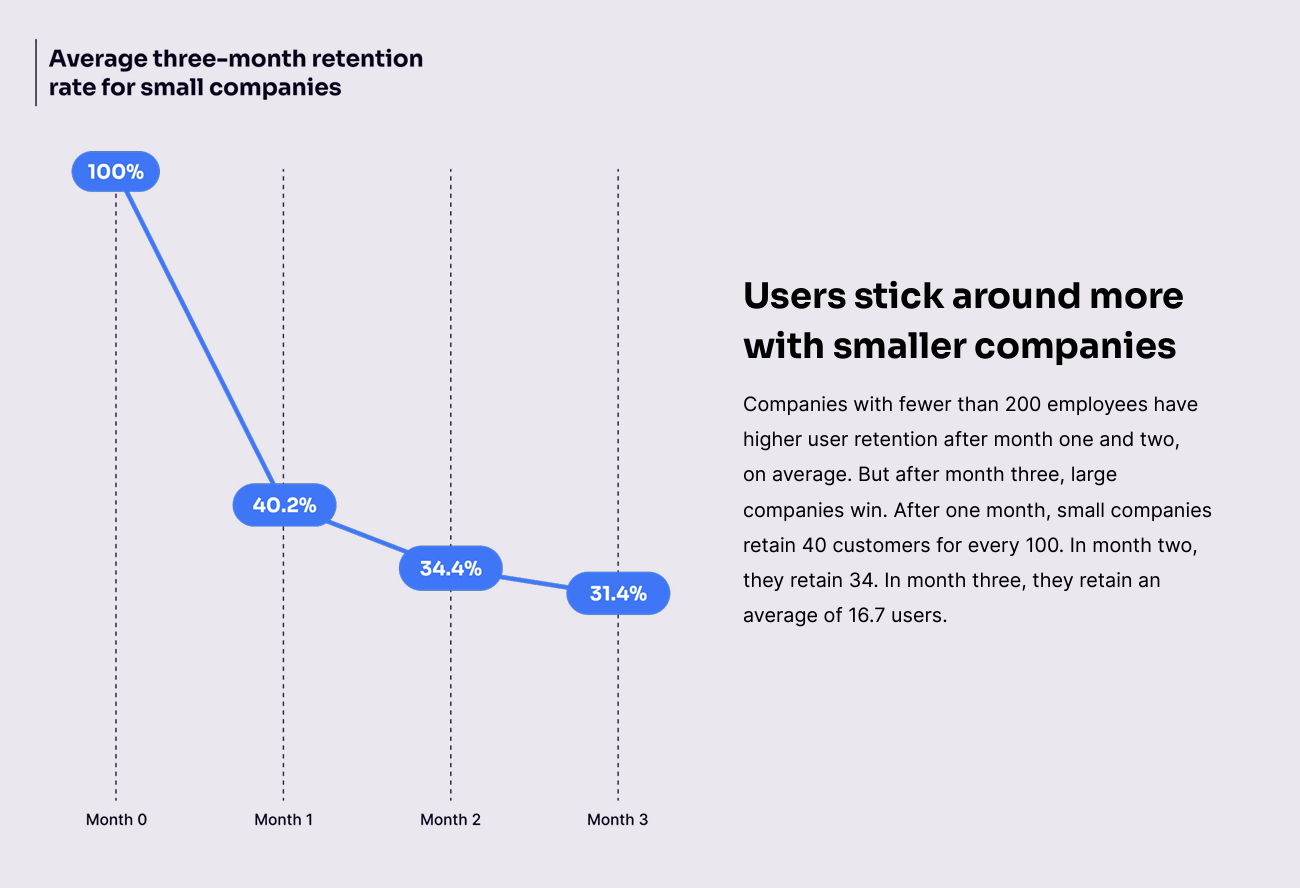I am a product manager with experiences across industries like social media, food delivery, and education. This includes solving user experience, retention and growth problems at Daily.dev, Bumble, and Swiggy. My background in software engineering and an MBA from IIM Ahmedabad gave me a great dimension when it comes to product development and strategy, and I am very passionate about using principles of behavioral economics to create products that speak to users themselves.
As product managers, we often find ourselves at the intersection of user needs and business goals. While we depend on surveys, interviews, and feedback to identify user needs, one powerful tool can help us bridge the gap between user behavior and product success: behavioral economics.

Behavioral economics dictates that consumers rarely make rational choices; instead, their choices are hijacked by cognitive biases, emotions, and social influences to make irrational ones, which deviates from classical economic theory. To the product manager, behavioral economics provides a rich set of principles for designing products that go beyond solving pain points to also drive engagement and retention.
The power of habit formation
The core of many successful products lies in making user habits. Every time a user passes through a product-driven behavior and receives a reward, they get an unmistakable hit of dopamine. It is good feelings that drive users to come back for more to the product, increasing engagement and retention.

Understanding this cycle is critical for product managers, as is knowing how to tap into habit formation-no matter if you are building a fitness app or productivity tool. Having a grip on behavioral economics can really affect how your product will succeed.
The Octalysis framework: A means for engagement
Although there are numerous behavioral economic frames, for instance, nudge theory, prospect theory, and mental accounting, it is the Octalysis framework that will provide us with the deepest understanding of user motivation.
It identifies eight core drives influencing human behavior:
- Epic meaning and calling - This drive is about people feeling that they are part of something bigger than themselves-contributing to a big purpose or calling. Example: Contributing to open-source projects, participating in a charity, or joining a movement to save the environment.
- Development and accomplishment - The drive to make progress, develop skills, and achieve mastery. Feedback of success comes as a result of a sense of accomplishment through the process of overcoming challenges. Example: Progress bars, level-ups, badges, and trophies in online games or learning platforms.
- Empowerment of creativity and feedback - This drive shall focus on engaging individuals by enabling them to be creative and receive immediate feedback for their actions. Example: Games like Minecraft or tools such as Adobe Photoshop allow users to create, try out, and get feedback through their work.
- Ownership and possession - People are motivated when they feel ownership over something. This could be digital goods, virtual currencies, or personalized profiles. Owning something creates a sense of responsibility and pride. Example: In-game virtual goods, as in Fortnite-skins and characters-or social media profiles representing one’s accomplishment on the platform.
- Social influence and relatedness - People are motivated by social motives of companionship, competition, empathy, and acceptance. This drive taps into our affiliative needs, to be associated with other people or recognized by a community. Example: Multiplayer games, leaderboards, social networks, or peer-to-peer learning environments-for example, Duolingo’s “Friends Leaderboard”.
- Scarcity and impatience - The need and urge to get something that is limited or scarce can form a driving force in the minds of people. The harder something is to attain, the more valuable it becomes in their minds. Example: A limited time offer, exclusive content, or in-game rare items create urgency and a fear of missing out.
- Unpredictability and curiosity - This core drive is engaged because one wants to know what is going to happen. Individuals get aroused by uncertainty, surprises, and the thrill of the unknown. Example: In gaming, loot boxes, mystery rewards, or the randomness of lottery draws/scratch cards.
- Loss and avoidance - Individuals are driven to avoid negative outcomes. Fear of losing something, or anxiety about missing out, drives behavior. Example: Time-limited offers, expiring deals, or the element of loss of progress/points.

(Source: upshot.ai)
Each of these drives can be leveraged in creating more engaging and motivating product experiences. Now let’s look at how two of those principles are applied in real situations.
Case study 1: Improving delivery partner retention at Swiggy
The number of new delivery partners joining this biggest food delivery platform of India, Swiggy, was a challenge to retain.
Many were leaving the platform due to the steep initial learning curve in understanding how to earn well. We decided to leverage the “Development & Accomplishment” drive by introducing a feature called the “Payment progress bar.” This feature gave the delivery partners a sense of accomplishment with each completed order. It also made them aware that more earnings awaited them upon hitting milestones.
As a result, earnings of new partners increased by 17%, while attrition decreased by over 3%. By making earning an achievement, we could keep the interest of the partners for a longer period of time.



Case study 2: Building reading habits at Daily.dev
At Daily.dev - a community for developers - we wanted to incentivize users to build up a daily reading habit. We applied the “Ownership & Possession” drive by introducing reading streaks.
It incentivizes daily reading by allowing users to maintain their motivation through elements such as freezes of streaks on weekends and recoveries of missed streaks with reputation points. This creates ownership in the user’s learning journey and motivates them to use the platform consistently.



The dark side of behavioral economics
While there are powerful tools in product development, a word of caution on the ethical use of these principles is important. Dark patterns in user experience design can make use of behavioral economics axioms to trick users into actions that benefit the business at the user’s expense.
As product managers, we need to stay tuned for practices such as forced continuity, hidden fees, or designs of interfaces in a way that misleads users into making choices that they never intend to make. This is aimed at making design choices that are transparent and ethical, truly empowering users, and helping them build trust over the long term.
Conclusion
Behavioral economics is an excellent lens for the product manager to understand how to design more effective products. By deeply understanding the ideas of creating habits, leveraging frameworks like Octalysis, we can create products that will not only fit user needs but drive engagement and retention.
With this power comes a responsibility: when we say apply these principles, one has to remember user autonomy, clarity, and trust are paramount in every sense. When used right, behavioral economics is an absolute win-win for both users and businesses where products resonate with their audience and create sustainable growth.








Comments
Join the community
Sign up for free to share your thoughts